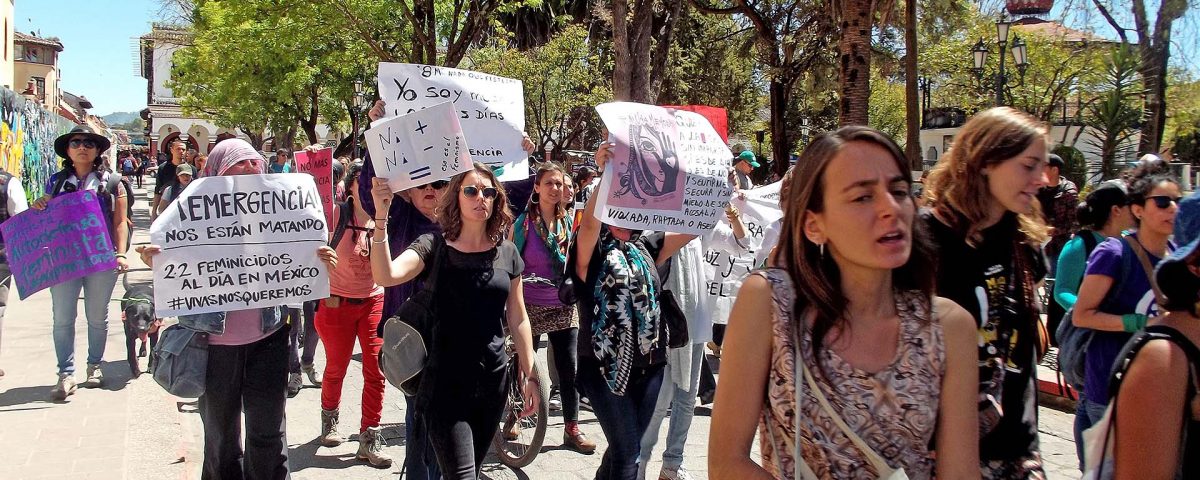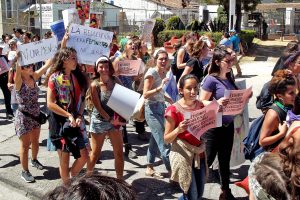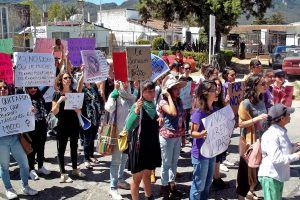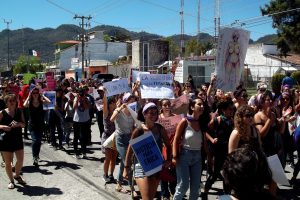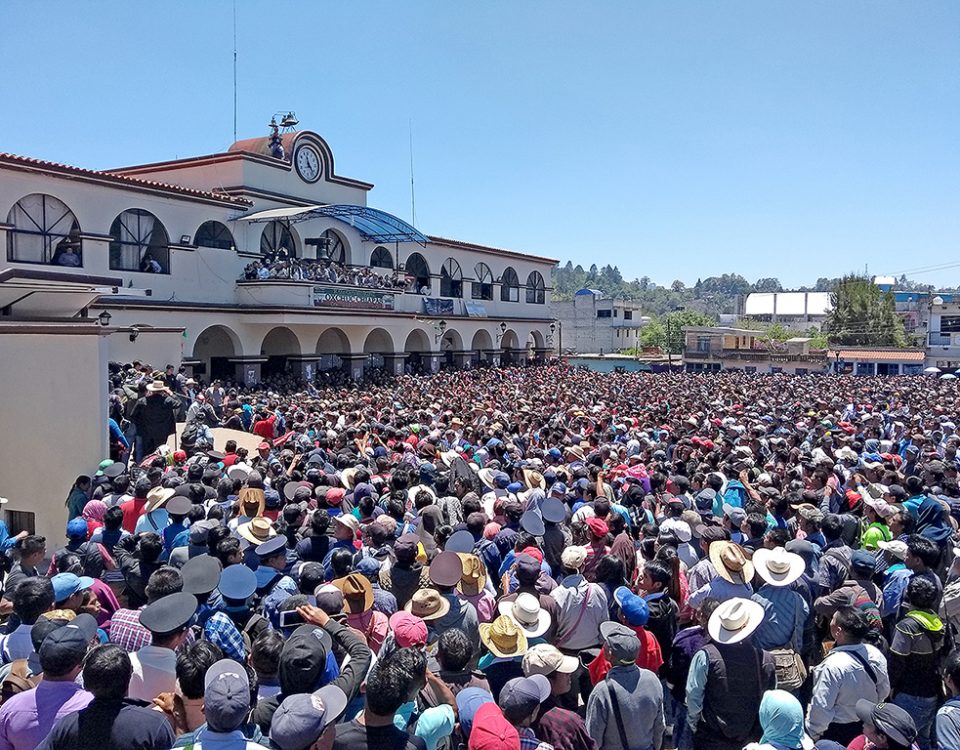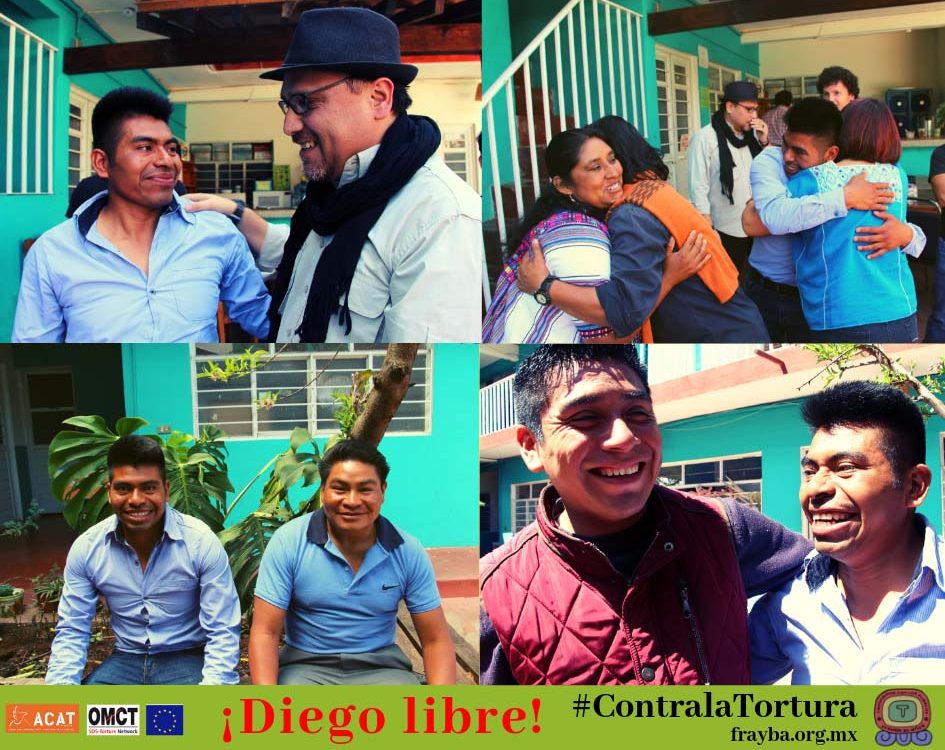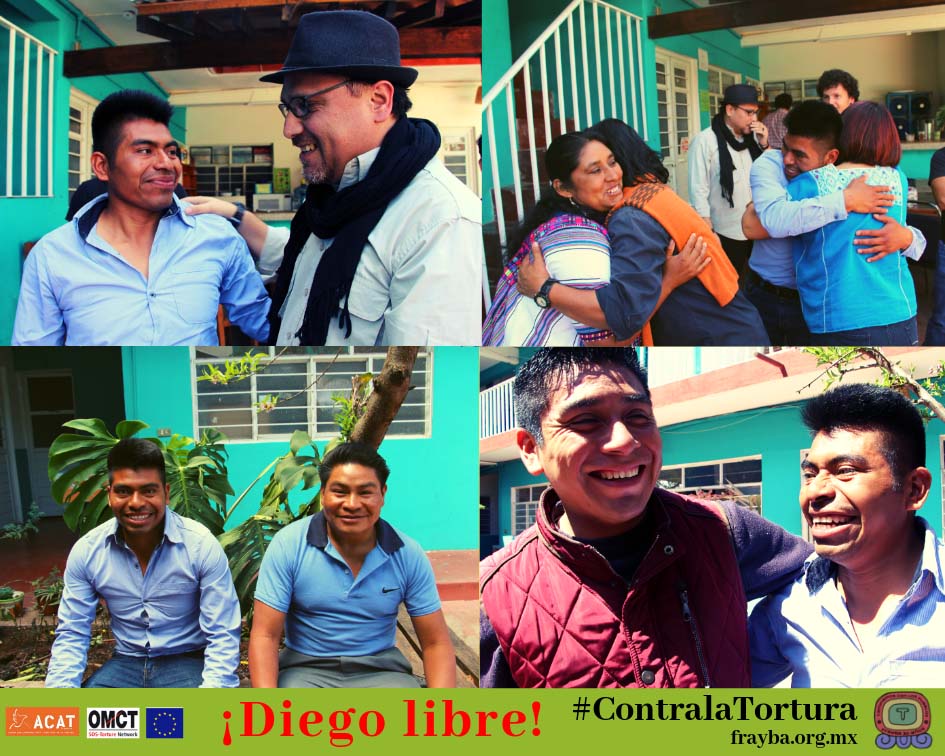
FOCUS: Torture in Mexico, an “endemic” and “generalized” problem
22/06/2019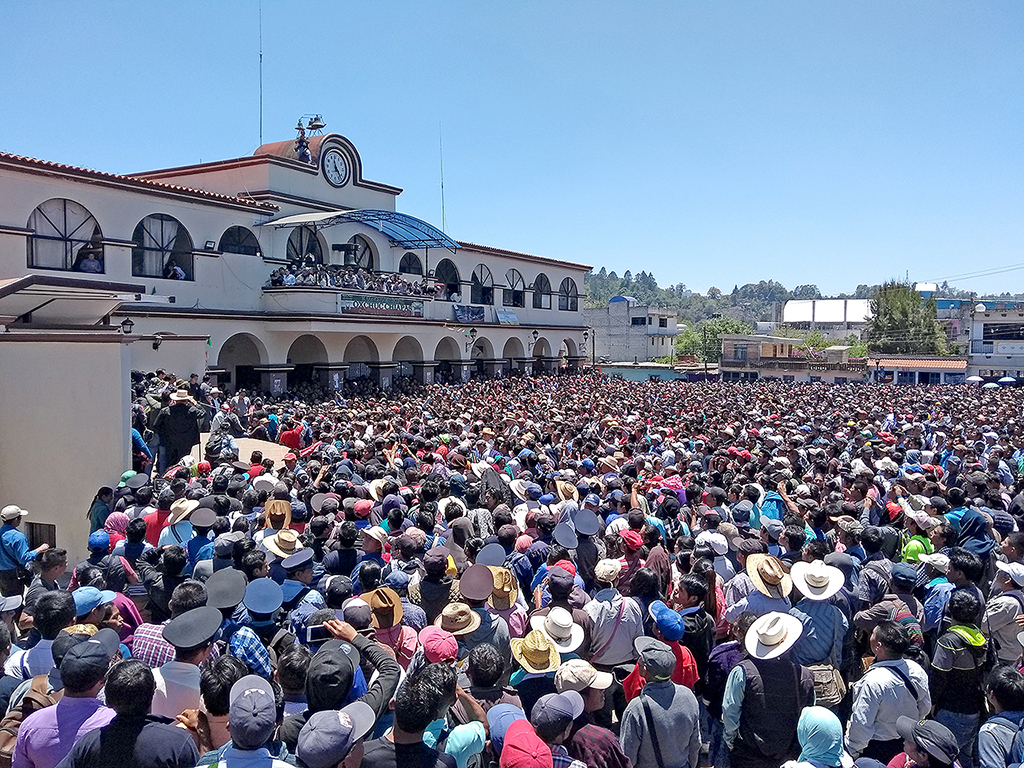
SIPAZ activities (From mid-February to mid-May 2019)
22/06/2019I just wonder how much has violence against women grown and how great is the incompetence of the Judiciary that these platforms are, for many women, the only way of denouncing?”
March 22nd, 2019, not only marks the beginning of a new discussion on gender violence in Mexico, but also a new way of addressing this discussion. With the public denunciation of the political reporter Ana G. Gonzalez, in her Twitter account against the writer Herson Barona, the Mexican #MeToo movement resurfaced.
This movement has its origin in the United States. In 2017, The New York Times published an article detailing the sexual harassment of models, actresses and producers by film producer Harvey Weinstein for 30 years. Soon after, more than 40 women publicly added their experiences to the list of accusations. In the heat of the discussion, actress Alyssa Milano tweeted “if all women who have been harassed or sexually assaulted made a tweet with the words “Me too” we could show people the magnitude of the problem”, culminating with 14 million tweets integrating the hashtag. In this way, several Hollywood personalities were accused, and the accusations were extended to other sectors such as politics, art, finance, media, sports and technology.
In parallel with the accusations against Weinstein and in the course of the following months, similar complaints were filed in Mexico, many arising from interviews. Some of the most shocking and controversial complaints were presented in a series of reports by Carmen Aristegui on CNN in February 2018 with actresses Karla Souza, Paola Nuñez, Stephanie Sigman, playwright Sabina Berman, comedian Sofia Niño de Rivera, the diver Azul Almazan, and fashion editor Lucy Lara.
Denouncing Herson Barona on March 22nd this year for having beaten, manipulated, impregnated and threatened more than ten women, Ana G. Gonzalez raised a wave of complaints, as well as the creation of #metooescritoresmexicanos and the opening of the account @metooescritores. After one day, 134 writers were mentioned, eight of them by more than five people. Then, 28 more accounts and hashtags were created for other professions and sectors, such as journalism, music, medicine and politics.
#MeTooMX is not the first attempt to highlight violence against women through a hashtag or a campaign on Twitter (#Niunamenos, #ropasucia, #SiMeMatan, #MiPrimerAcoso), but without a doubt it has been the most successful, with more than 424,000 denouncements by 230,578 users in two weeks and a heated public debate. The strongest criticisms of the movement focused mainly on the lack of verification of the accusations and the absence of legal actions.
In instances after the series of interviews of Carmen Aristegui, criticisms arose as one of the women involved decided not to publish the name of the abuser, as well as not to denounce him legally. In 2019, however, the criticisms have focused more on anonymous accusations by women. Certain Twitter accounts publish women’s accusations without sharing the name of the alleged victim. Although there is a legitimate concern, that this type of complaint can open a door to some false allegations, we must bear in mind the context in which they are made. The women who participated in the Aristegui interviews faced attacks, defamations and public harassment on social networks. Indicating their name or making a criminal complaint, not only implies a vulnerability in social networks but also a vulnerability by the level of exposure and the risk of falling victim to stigmatization, as well as a continuous re-victimization. These repercussions also manifest themselves in the private lives of women, and are reflected in the justice system, specifically in the attention to women victims and the persecution and punishment of the perpetrators. The most recent INEGI data on sentences in cases of sexual violence are from 2012. The lack of statistics and knowledge makes it difficult to have an accurate estimate of the magnitude of the problem and this directly affects the attention of the cases. However, this data shows that the sentences were far below the complaints, with 95% of the crimes going unpunished.
As well as these specific factors, there is the omnipresent fear that emerges from the generalized violence against women and prevents progress. “We know that the root of this problem is structural, and that among the main causes is the inequality of opportunities that women face, which puts them at a social disadvantage, but governments are not taking action to counteract it,” says Angelica Ayala, the president of the Rosario Castellanos Group of Studies on Women (GESMujer). This systemic violence is reflected in the nine murders of women every day in Mexico, and in the fact that six out of ten women have suffered a violent incident – twice the world average.
Nevertheless, critics argue that a complaint online is not equivalent to a complaint to the authorities, and despite the legitimacy of reporting and justified fear, there are two elements to consider: the presumption of innocence and the fact that a complaint does not legitimize harassment of an alleged harasser.
The controversial discussion on Twitter, criticized by some for having turned into a “witch hunt,” was aggravated by the absence of a reaction and clarifications from the government. Instead of presenting a strategy for moving forward, authorities, including President Andres Manuel Lopez Obrador, the Attorney General, the Federal Women’s Institute, and members of Congress have condemned the movement and blamed the public. In the #MeToo forum on April 11, Nashieli Ramirez, president of the Human Rights Commission of the Federal District, announced that her commission will allow criminal, administrative or civil complaints, opening a legal space for “Me too“.
#MeTooMX is the beginning of a necessary debate, taking shape as a political tool of visibility. Although it is not a legal or offical mechanism, it was never intended to be. This conversation must continue to combat gender violence, to focus more attention on women who have suffered any type of violence, to transform the justice system, to create effective ways of reporting outside the authorities, to eradicate re-victimization and to involve 48.5% of women who do not have Internet access and do not live in urban areas. #MeTooMX places violence against women on the public agenda. Now concrete measures must be adopted, mainly by the authorities, but also by society itself. Exposing and challenging the problem of sexual violence against women is not limited to the legal system, but requires a profound cultural change.

